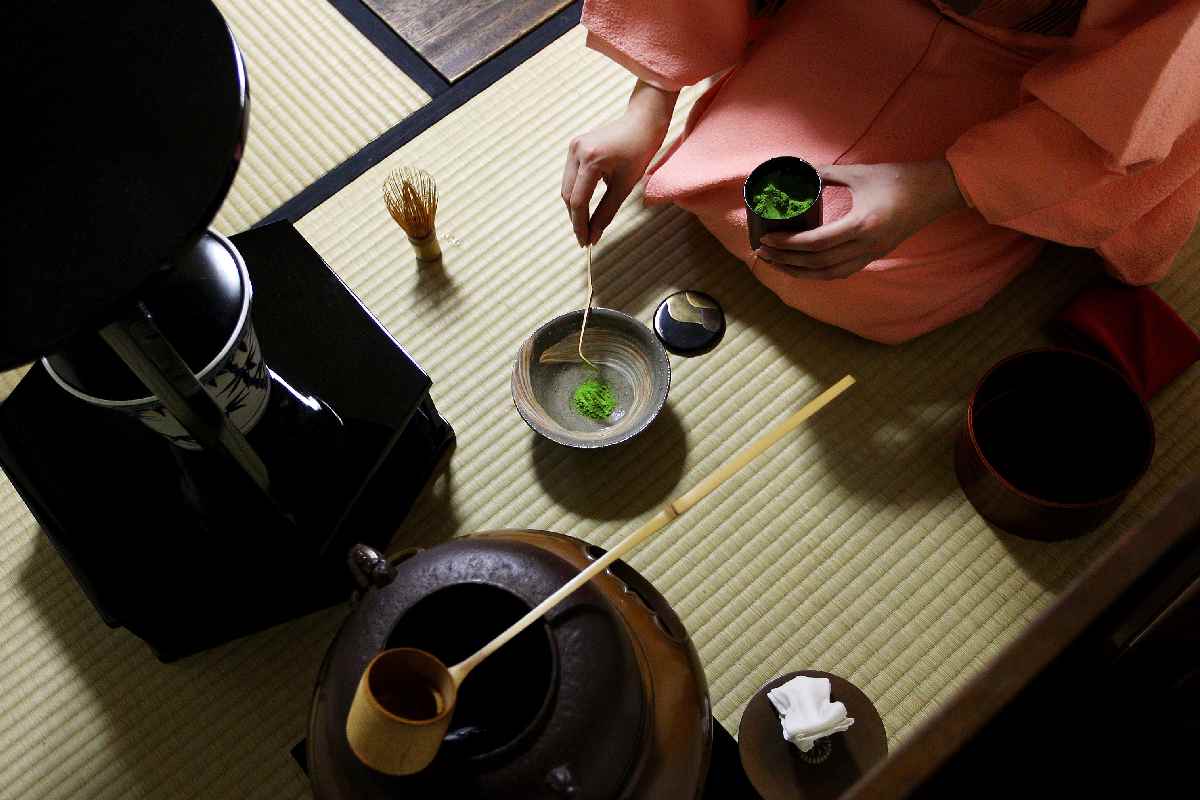Table of Contents
Introduction
Michiyo Tsujimura is a Japanese agronomist and biochemist whose research focused on components of green tea. She is the first woman in Japan to receive a doctorate in agriculture.
Early Stage of Michiyo Tsujimura
Tsujimura was born in 1888 in Okegawa, Saitama Prefecture. She attended the Tokyo Prefectural Women’s Normal School, from which she graduated in 1909, and graduated from the Biochemistry Department of the Tokyo Women’s Higher Normal School. Biologist Kono Yasui mentored her, which sparked Tsujimura’s scientific research interest. She progressed in 1913 and became a teacher at Yokohama High School in Kanagawa Prefecture. 1917, she returned to Saitama Prefecture, where she taught at the Saitama Women’s Normal School.
The Vitamin C Discoverer in Green Tea
Tsujimura Michiyo was a Japanese agricultural scientist and biochemist noted for her studies of green tea constituents. While a student at the RIKEN research institute, Tsujimura and her colleague Seitaro Miura were the first to notice that green tea contains vitamin C. Green tea became more popular. It was exported from Japan to North America in the early 1900s. In addition, Tsujimura extracted the anticancer constituents catechin, tannin, and gallocatechin from green tea. Her research won her a PhD from the Tokyo Imperial University, and Tsujimura became Japan’s first female doctor of agriculture. Tsuijimura was a dedicated teacher, a professor at Ochanomizu University, and a lecturer at Jissen’s Women’s Univerity. She has received the Japan Prize of Agricultural Science (1956) and the Order of the Precious Crown of Fourth Class for her research on green tea.
Tsujimura’s Passion for Education
Tsujimura Michiyo was born on September 17th, 1888, in what is today Okegawa (in Saitama Prefecture). Education became a significant part of her life. Before becoming a researcher, Tsujimura taught in several schools. She was an assistant teacher at the Jinjo Higher Elementary School and, in 1906, graduated from Tokyo Prefecture Women’s Normal School.
The same year, Tsujimura entered the Division of Science at Tokyo Women’s Higher Normal School to study under Kono Yasui, who would later become Japan’s first woman scientist with a doctoral degree. Tsujimura became interested in science because she started looking under Yasui, even though it was more than ten years before her research career started. In 1913, Tsujimura graduated from the Division of Science and served as a teacher at Yokohama High School for Women. In 1917, she took up a teaching post at the Saitama Women’s Normal School and stayed there for several years.
Health Benefits of Tea–Michiyo Tsujimura
What was once a niche product is now so mainstream that you can get green tea as a matcha latte at your local Starbucks or coffee shop. There are so many matcha-flavored versions of everything that some even view it as ” the most basic personal type. But isn’t green tea itself bitter, so how do all these people drink it willingly? Number one is that we like to sweeten it up a little bit, not to taste the bitter flavor, and number two is because of all its healthful properties. What sort of evidence do we have about such health advantages? It’s all thanks to the pioneering research of Michiyo Tsujimura. But first, let’s begin with the plant itself
With its many other varieties, Camellia sinensis is likely the most widely grown of all plants in this genus. It’s also known as the Tea Camellia. It is a hardy evergreen shrub or small tree used as an ingredient in tea. When the plants start to sprout in late spring, they are picked and processed one way or another depending on how many leaves have grown on them. The resulting teas come in white, green, oolong, and black varieties. The two main types are Camellia sinensis var. sinensis and C. sinensis var. assamica. The former comes from China, and the latter originates in northern India. The varieties, climate, harvesting season, and so on of the leaves can affect their taste, color, and fragrance.
Let’s return now to Dr.Tsujimura. Her research into the components of tea made her Japan’s first woman PhD in agriculture. She started as an unpaid assistant in the food nutritional laboratory of the agricultural chemistry department at Hokkaido Imperial University. Even then, the university was not accepting female students, and she only later worked as a researcher. Later, she researched at the Riken Research Institution, studying a joint project with Seitaro Miura. Her early pioneering research came about during this period.
Conclusion
There were few women in science then, but she could still contribute significantly. Why? She retired from research but continued to teach and lecture at women’s universities. Her research earned her the Japanese Prize of Agricultural Science in 1956 and the Order of Precious Crown Fourth Class in 1968. Today, a stone tablet marking her distinguished career stands in Okegawa City, where she was born and bred. The next time you sip a cup of tea and savor its flavors, remember the woman who made it what we consider today as one of our top-ranked health foods.

